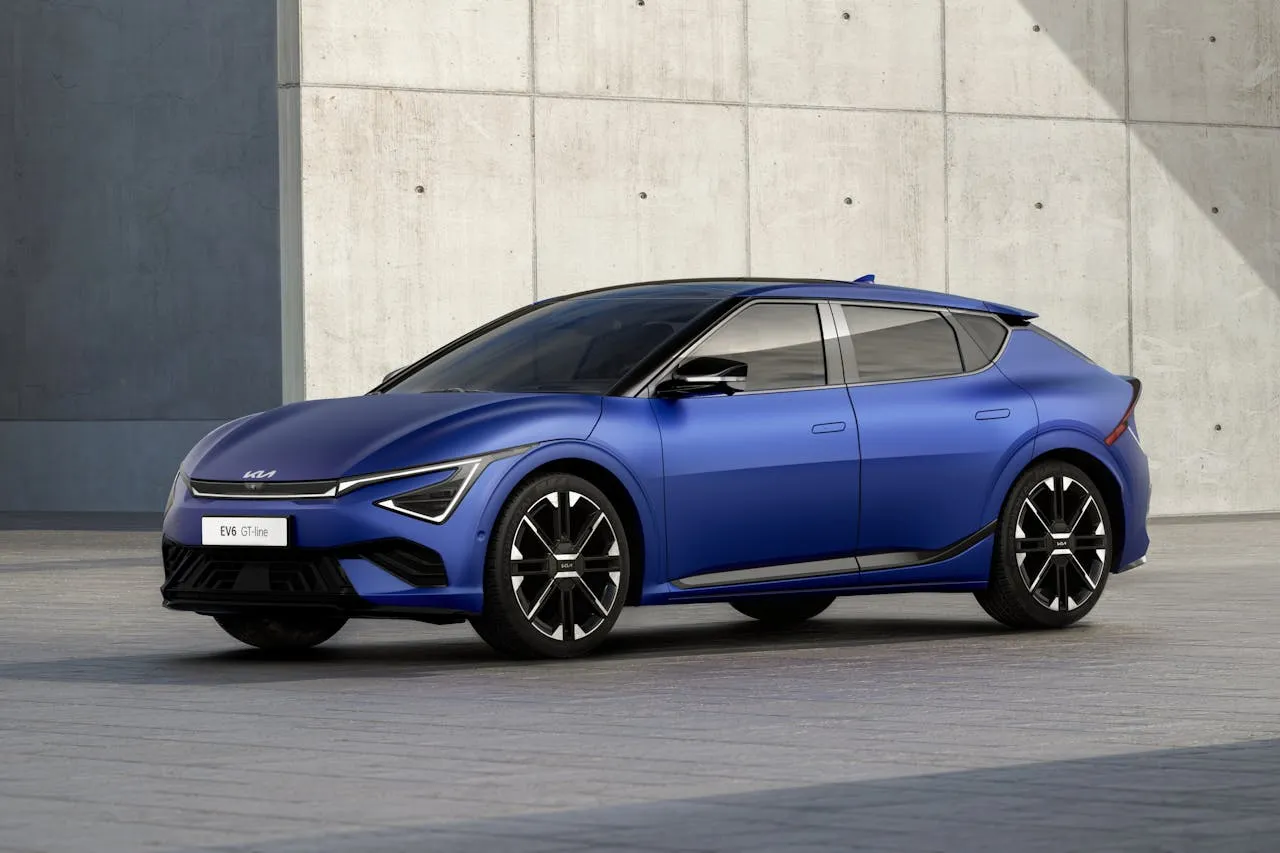
Asahi Kasei Microdevices and Silicon Austria Labs Validate Integrated Current Sensor Technology for Next-Generation EV Traction Inverters
Asahi Kasei Microdevices Corporation (AKM), a leading developer of sensing and semiconductor technologies, and Silicon Austria Labs GmbH (SAL), an Austrian research center specializing in electronic systems and power electronics, have successfully achieved a significant technological milestone. The two organizations have jointly completed a proof of concept (PoC) for integrating a coreless current sensor into a power module intended for advanced automotive applications such as traction inverters and DC-DC converters.
This pioneering development marks a critical step forward in enhancing energy efficiency, improving form factor, and meeting the growing demands of electric vehicle powertrain systems. The integrated solution enables downsizing and weight reduction of traction inverters, which are central to electric propulsion, especially in vehicles powered by next-generation silicon carbide (SiC) power devices.
Meeting the Demand for Compact, High-Precision Power Electronics
The automotive industry is rapidly transitioning toward electrification, with electric vehicles—whether hybrid, plug-in hybrid, or battery electric—becoming central to global decarbonization efforts. A major engineering challenge in this shift involves optimizing the electric drive systems to be more compact, lightweight, and efficient, without compromising performance or thermal stability.
In this context, traction inverters—key components that convert DC power from the vehicle’s battery to AC power to drive the electric motor—must offer precise control over a wide dynamic current range. This requires accurate current sensing, especially in ultra-high current applications.
Traditionally, current sensors in power modules rely on magnetic cores, which can be bulky, limit design flexibility, and add cost and weight. To address these limitations, AKM has been developing a high-performance, linear Hall-effect integrated circuit (IC) called the EZ232L. This IC is designed specifically for coreless current sensing and delivers high resolution, fast response, and precise current measurements in both steady-state and dynamic conditions.
“The market is evolving rapidly, and so are the performance demands placed on traction inverters,” said Toshinori Takatsuka, General Manager of AKM’s Current Sensor Business. “With this joint technology validation, we have established a new benchmark for current sensing in power modules. Our collaboration with SAL demonstrates that integrating a coreless Hall sensor directly into the power module is not only feasible but highly advantageous.”
Integration of Sensor and Power Module: A Technical Breakthrough
To realize the integrated solution, AKM partnered with SAL to co-develop and validate a power module that includes the EZ232L sensor. The module is optimized for use with SiC-based power devices, which operate at higher voltages, temperatures, and frequencies than conventional silicon-based semiconductors.
SiC technology is becoming increasingly vital in applications due to its ability to reduce energy losses and enable higher efficiency at the system level. However, it also imposes stringent requirements on the accompanying sensing and control electronics.
The jointly developed power module successfully integrates several critical elements:
- Coreless current sensing via AKM’s EZ232L
- Direct copper bonded (DCB) SiC power semiconductors
- Gate driving circuitry
- Thermal management interfaces
The entire system is implemented on a standard printed circuit board (PCB) using commercially available components, which provides not only performance benefits but also cost advantages. The module’s design enables rapid prototyping, adaptability to different EV platforms, and scalability for small- to mid-sized production runs.
According to Thomas Langbauer, Team Lead in the Power Electronics Division at SAL, “This power module delivers an all-in-one platform that combines cutting-edge SiC performance with precise current sensing and control. It’s designed for flexibility and manufacturability, which is essential for automotive customers aiming to innovate while keeping costs under control.”
Langbauer emphasized that the ability to integrate the sensor directly within the power module enables more compact layouts and eliminates the need for external current transformers or shunt-based measurement systems. “By embedding the current sensor, we streamline the design and reduce parasitic inductances, leading to better system performance and EMI behavior,” he added.
Expanding the Horizon of EV System Design
The significance of this proof of concept extends beyond the specific technologies involved. It signals a broader trend in EV development: the shift toward highly integrated power electronics that combine sensing, control, and power delivery functions in compact modules. Such integration helps automotive OEMs meet tight packaging requirements, especially in the increasingly crowded engine bays or underbody locations of electric cars.
Moreover, AKM’s EZ232L sensor provides precise measurements across a wide temperature and current range, which is crucial for enabling closed-loop control in various driving conditions. Whether the vehicle is cruising on a highway, accelerating aggressively, or regenerating energy through braking, the traction inverter must modulate the motor’s torque with high accuracy—something that only advanced current sensing can support.
“Accurate current sensing is fundamental to safe and efficient inverter operation,” Takatsuka explained. “Our sensor delivers both the resolution and reliability needed for real-world driving scenarios.”
Toward Market Readiness and Continued Collaboration
Following the successful validation of the technology, AKM and SAL plan to showcase the results at PCIM Europe 2025, a leading international conference and exhibition for power electronics, intelligent motion, and energy management. The event, taking place from May 6 in Nuremberg, Germany, will provide a platform to present the integrated power module’s performance metrics, thermal behavior, and potential applications.
The two companies are also discussing future avenues for collaboration. With the automotive landscape continuing to evolve, they anticipate expanding their joint efforts to include other power electronics systems, such as on-board chargers and auxiliary converters, where size, efficiency, and sensing performance are equally critical.
“We see this as the beginning of a longer-term partnership,” said Langbauer. “There is substantial value in combining AKM’s industry-proven sensor technology with our research and prototyping capabilities.”
Enabling the Next Generation of Electric Vehicles
Ultimately, this breakthrough aligns with broader automotive industry goals: reducing the size, weight, and complexity of EV systems while improving performance and efficiency. With this successful PoC, AKM and SAL have demonstrated the feasibility and benefits of sensor integration in power modules—a key enabler for more advanced, responsive, and sustainable electric vehicles.
As electric mobility continues its rapid ascent, such innovations will become essential to meeting both consumer expectations and regulatory standards. By pushing the boundaries of sensor integration, AKM and SAL are contributing to a future where EVs are not only cleaner but also smarter and more capable than ever before.








